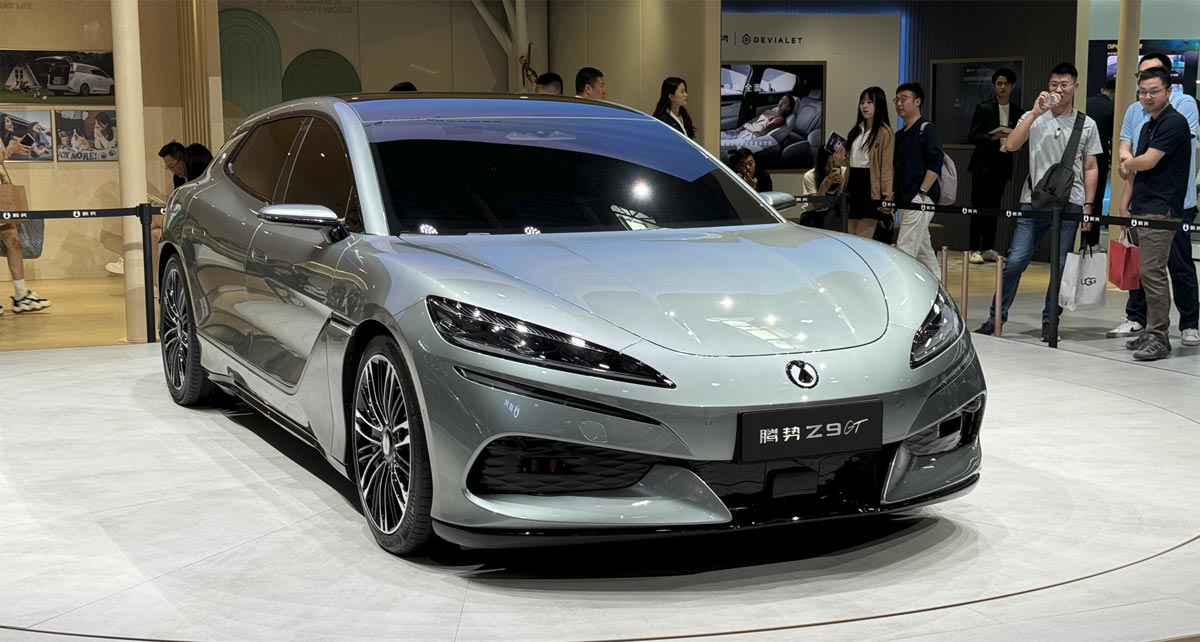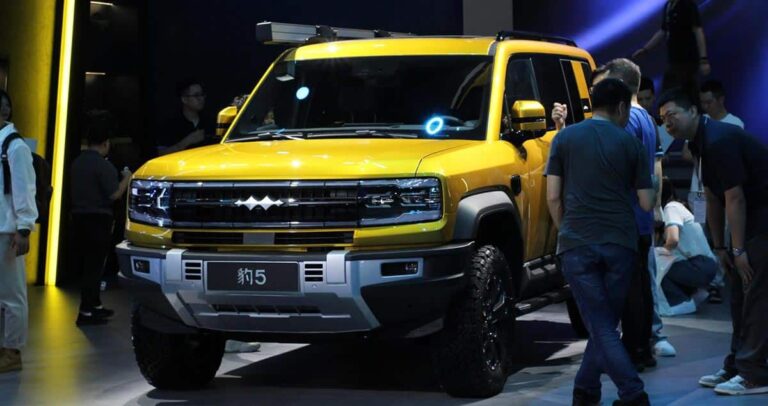China has issued policy details encouraging consumers to trade in old cars for new ones, starting to offer subsidies of up to RMB 10,000 ($1,380), effective by the end of the year.

(Image credit: CnEVPost)
China has issued policy details encouraging consumers to trade in old cars for new ones, starting to offer subsidies of up to RMB 10,000 ($1,380) as part of an effort to stimulate consumption. In analysts' eyes, this could help significantly boost auto sales this year.
Consumers who scrap their old cars and buy new ones between the date the policy details were issued and December 31, 2024, could receive a subsidy of up to RMB 10,000, according to a document dated April 24 made public on April 26 by seven government departments, including China's Ministry of Commerce and Ministry of Finance.
Specifically, the core elements of the incentives include:
Individual consumers who scrap fuel passenger cars with China 3 or lower emission standards or new energy passenger cars registered before April 30, 2018, and purchase new passenger cars that meet the energy-saving requirements are eligible for a one-time fixed subsidy.
The subsidy is RMB 10,000 for consumers who scrap these two types of old passenger vehicles and purchase an eligible new energy passenger vehicle.
The subsidy is RMB 7,000 for consumers who scrap fuel passenger cars with emission standards of China 3 or below and purchase fuel passenger cars with a displacement of 2.0 liters or below.
Eligible individual consumers should apply for the subsidy by January 10, 2025, online.
Fuel passenger cars with China 3 and below emission standards are defined as gasoline passenger cars registered before June 30, 2011, diesel passenger cars and passenger cars of other fuel types registered before June 30, 2013.
China's central government budget will cover the majority of the subsidy, and local government finances will cover the remainder to reduce the burden on local governments.
Overall, the central government budget will cover 60 percent of the subsidy amount, with local governments responsible for the rest, but this varies from region to region, with a 5:5 ratio for eastern provinces, a 6:4 ratio for central provinces, and a 7:3 ratio for western provinces.
The stimulus is expected to generate 1 million to 2 million additional passenger car sales, or about 3.2-6.5 percent of overall auto market share, analysts at Everbright Securities said in a research note today.
The realization of replacement demand in new tier-1, tier-2 and tier-3 cities is expected to be the key to boosting sales, Everbright Securities said, adding that brands with strong position, including BYD and Aito, are likely to benefit more.
The policy is expected to generate incremental sales of 400,000 to 800,000 units of new energy passenger cars and 600,000 to 1.2 million units of fuel passenger cars, according to analysts at Topsperity Securities.
Based on the average selling price of a new car of RMB 170,000, the replacement of old vehicles is expected to bring about a boost in consumption of around RMB 170 billion to RMB 340 billion, according to Topsperity Securities.
The release of the replacement policy details is a major boon to the auto market, and the retail performance in May is expected to be significantly better than that of April, Cui Dongshu, secretary-general of the China Passenger Car Association, said in a post yesterday.
China's 1,583 vehicles with China 3 or lower emissions standards, or 6 percent of all vehicles, are more than 13 years old, in poor condition and emit serious pollution, Cui said.
The number of vehicles with China 4 emission standards is 68.97 million, accounting for 26.3 percent of the total vehicle fleet, Cui said, adding that the average age of these vehicles is about 10 years, and there is a strong demand for new vehicle replacements.
Under normal circumstances, the policy is expected to benefit the scrapping and renewal of 2 million vehicles, for which China may have to provide nearly RMB 20 billion in subsidies, according to Cui.
($1 = RMB 7.2465)

